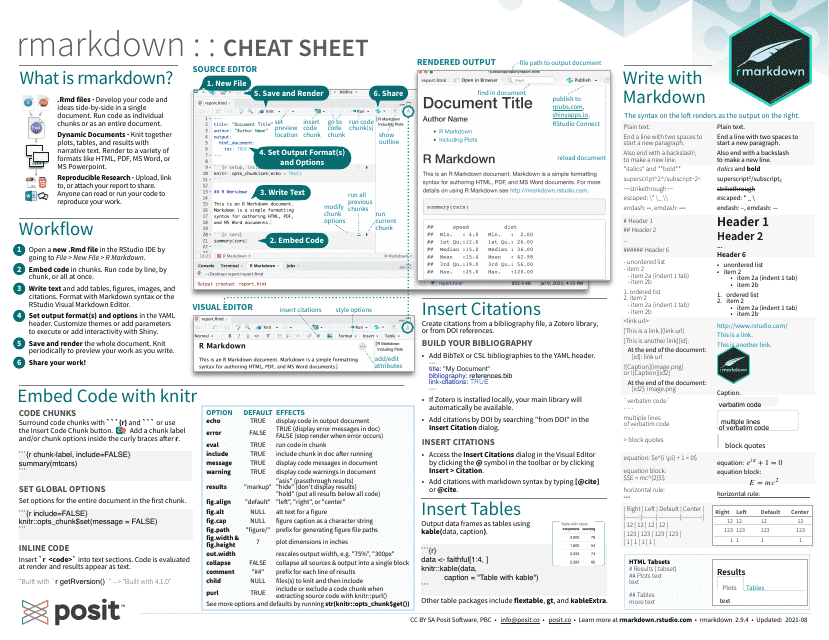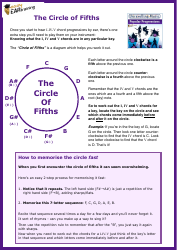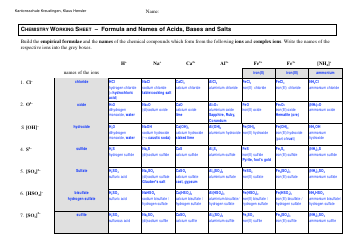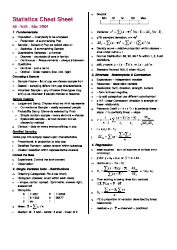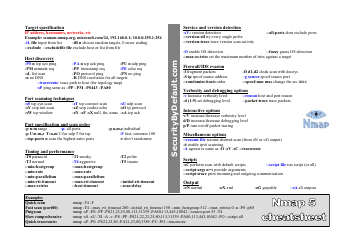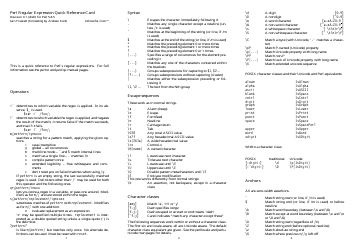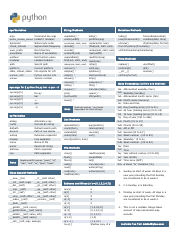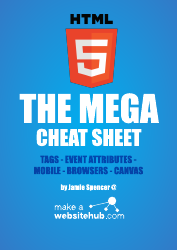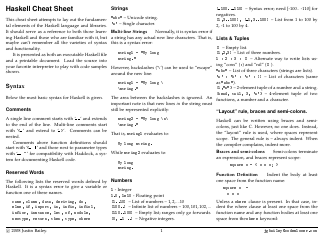Rmarkdown Cheat Sheet
The Rmarkdown Cheat Sheet is a document that provides a quick reference guide for using Rmarkdown, a tool for creating dynamic reports, presentations, and documents using the R programming language. It helps users quickly learn and remember the syntax and formatting options available in Rmarkdown.
The Rmarkdown Cheat Sheet is typically filed or created by the developers or contributors of the Rmarkdown programming language.
FAQ
Q: What is Rmarkdown?
A: Rmarkdown is a markup language that allows for the creation of dynamic and reproducible reports.
Q: How is Rmarkdown different from regular Markdown?
A: Rmarkdown extends the functionality of regular Markdown by allowing the inclusion of R code chunks and the generation of output based on that code.
Q: What are the advantages of using Rmarkdown?
A: Rmarkdown allows for easy integration of code, data analysis, and visualizations into your documents. It also supports automated report generation and reproducibility.
Q: How do I create an Rmarkdown document?
A: You can create an Rmarkdown document by setting the document type (e.g., HTML, PDF) and then writing your content using Markdown syntax and R code chunks.
Q: Can I customize the appearance of my Rmarkdown document?
A: Yes, you can customize the appearance of your Rmarkdown document by applying different themes, styles, and templates.
Q: How can I include R code in my Rmarkdown document?
A: You can include R code in your Rmarkdown document by wrapping it in R code chunks using the {r} ... syntax.
Q: How can I generate output based on the R code in my Rmarkdown document?
A: You can generate output (e.g., tables, plots) based on the R code in your Rmarkdown document by using R code chunks with specified chunk options, such as {r, echo=FALSE} ... .
Q: Can I knit my Rmarkdown document to different output formats?
A: Yes, you can knit your Rmarkdown document to different output formats, such as HTML, PDF, Word, PowerPoint, and more.
Q: How can I include images and other media in my Rmarkdown document?
A: You can include images and other media in your Rmarkdown document by specifying the appropriate Markdown syntax or using the knitr::include_graphics() function for more advanced features.
Q: Is Rmarkdown only for use with R?
A: No, while Rmarkdown was initially developed for use with R, it has expanded to support other programming languages, such as Python and Julia, making it a versatile tool for reproducible research and reporting.
